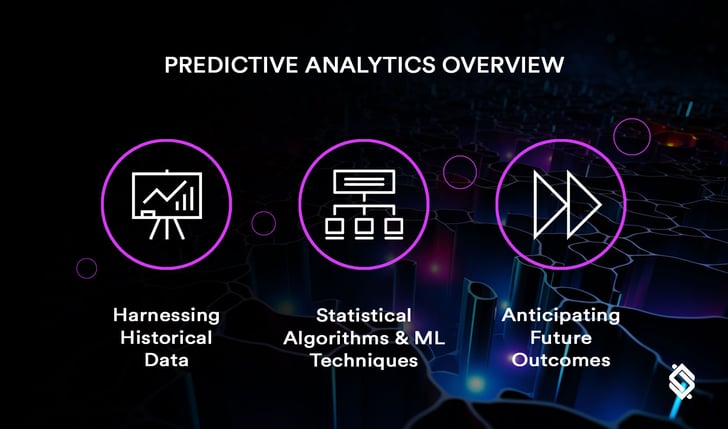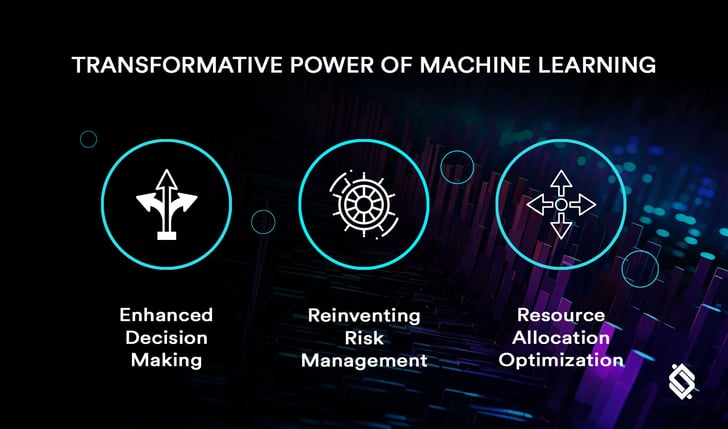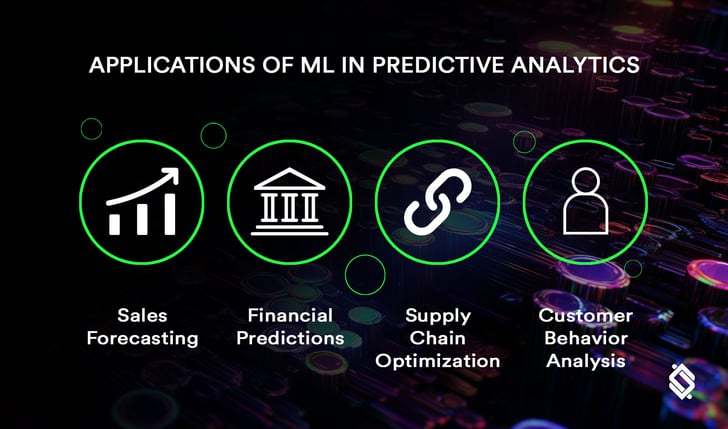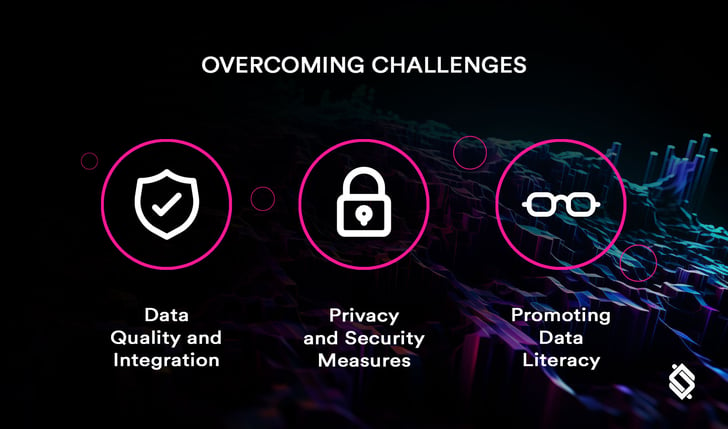In today's rapidly evolving technological landscape, data has become the lifeblood of businesses, and the integration of Artificial Intelligence (AI) has proven to be a game-changer. Among the various branches of AI, Machine Learning (ML) stands out for its ability to unlock valuable insights from vast datasets, paving the way for predictive analytics that revolutionizes decision-making processes. In this article, we will delve into the profound benefits of embracing Machine Learning for Predictive Analytics, emphasizing how technology company leaders can leverage historical data to make informed, data-driven predictions and forecasts for improved decision-making, risk management, and resource allocation.
Understanding Predictive Analytics and Its Role in Decision Making

Predictive analytics is a subset of advanced analytics that utilizes historical data, statistical algorithms, and machine learning techniques to identify the likelihood of future outcomes based on historical data patterns. In the context of business decision-making, predictive analytics empowers leaders to anticipate future trends, assess risks, and allocate resources strategically.
1. Harnessing Historical Data
At the core of predictive analytics lies the art of harnessing historical data. This foundational step involves a meticulous exploration of past patterns and behaviors. By delving into the historical data trove, decision-makers gain invaluable insights that serve as the bedrock for anticipating future trends. This strategic utilization of historical data transcends traditional analysis, laying the groundwork for proactive decision-making.
2. Statistical Algorithms & ML Techniques
Predictive analytics elevates its prowess through the application of advanced statistical algorithms and machine learning (ML) techniques. These analytical tools, ranging from linear regression models to intricate ML algorithms, enable organizations to unravel nuanced correlations within vast datasets. This analytical precision empowers decision-makers to extract meaningful insights, moving beyond surface-level observations to gain a deeper understanding of data patterns.
3. Anticipating Future Outcomes
The true essence of predictive analytics culminates in its ability to anticipate future outcomes. By extrapolating insights gleaned from historical data, organizations construct models that predict trends, behaviors, and potential future scenarios. This anticipatory capability transforms decision-making from a reactive process to a proactive strategy. Armed with foresight, leaders can navigate uncertainties with confidence, making decisions that align with organizational goals and future success.
Harnessing Predictive Analytics for Strategic Foresight
The Transformative Power of Machine Learning in Predictive Analytics

1. Enhanced Decision-Making Processes
Machine Learning algorithms analyze large datasets with incredible speed and precision, enabling businesses to make decisions based on real-time insights. By identifying patterns and trends in historical data, ML models can predict future outcomes, helping leaders make informed decisions with a higher degree of confidence.
2. Risk Management Reinvented
In the volatile business environment, risk management is a critical aspect of sustained success. Machine Learning excels in risk assessment by analyzing historical data to identify potential risks and their probability. This allows companies to proactively address challenges, minimize uncertainties, and optimize risk mitigation strategies.
3. Resource Allocation Optimization
Efficient resource allocation is a cornerstone of successful business operations. Machine Learning facilitates resource optimization by analyzing historical performance data and identifying areas where resources can be allocated most effectively. This not only maximizes operational efficiency but also contributes to cost reduction and improved overall performance.
How AI Is Good For Modern Business Decision-Making
Applications of Machine Learning in Predictive Analytics

1. Sales Forecasting
Machine Learning algorithms can analyze historical sales data, customer behavior, and market trends to predict future sales volumes. This enables businesses to optimize inventory, plan marketing strategies, and enhance overall sales performance.
2. Financial Predictions
In the financial sector, Machine Learning is invaluable for predicting market trends, assessing investment risks, and optimizing portfolio management. By analyzing historical financial data, ML models can provide insights that guide strategic financial decision-making.
3. Supply Chain Optimization
Efficient supply chain management is vital for minimizing costs and ensuring timely delivery of products. Machine Learning analyzes historical data to optimize supply chain processes, predicting demand fluctuations, identifying potential bottlenecks, and streamlining logistics.
4. Customer Behavior Analysis
Understanding customer behavior is crucial for tailoring products and services to meet their needs. Machine Learning algorithms analyze historical customer data to predict future behavior, enabling companies to personalize marketing strategies and improve customer satisfaction.
Applications of Machine Learning in Business
Overcoming Challenges and Building a Data-Driven Culture

While the benefits of Machine Learning in predictive analytics are immense, the successful implementation requires overcoming challenges such as data quality, integration issues, and ensuring privacy and security. To fully embrace the power of ML, technology company leaders must foster a data-driven culture within their organizations.
1. Investing in Data Quality and Integration
Accurate predictions depend on the quality and integration of data. Companies must invest in data quality assurance measures and ensure seamless integration of diverse datasets to derive meaningful insights from machine learning models.
2. Ensuring Privacy and Security
As businesses increasingly rely on data, ensuring the privacy and security of sensitive information is paramount. Technology leaders must implement robust cybersecurity measures and comply with data protection regulations to build trust and safeguard customer and company data.
3. Promoting Data Literacy Across Teams
To foster a data-driven culture, leaders should promote data literacy across all departments. Training employees to interpret and utilize data effectively enhances the overall organizational capability to harness the benefits of machine learning for predictive analytics.
Breaking Down Barriers to AI Adoption
Conclusion: Embracing the Future of Decision Making

In conclusion, the integration of Machine Learning in predictive analytics is a transformative journey that empowers businesses to make informed decisions, manage risks proactively, and optimize resource allocation. Technology company leaders who embrace this paradigm shift position their organizations at the forefront of innovation and competitiveness. By leveraging historical data, businesses can navigate the complexities of the modern market landscape with confidence, paving the way for a future where data is not just a commodity but a strategic asset for sustainable success. As we stand on the brink of a new era in business intelligence, the question is not whether to embrace Machine Learning for Predictive Analytics but how quickly and effectively leaders can harness its potential for the benefit of their organizations.



